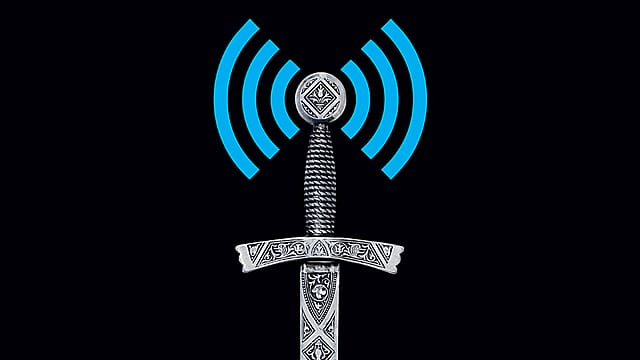India ready for 5G launch by October: Govt
ADVERTISEMENT

India is ready for the launch of 5G services by October 2022 after the government amended the Indian Telegraph Right of Way (RoW) Rules, 2016 to facilitate faster and easier deployment of telecom infrastructure.
In an event organised by the Department of Telecommunications, Ashwini Vaishnaw, Union minister of Communications, Electronics & IT and Railways, launched a new 5G RoW application 'form' on GatiShakti Sanchar Portal to enable faster 5G roll-out in India.
GatiSakti Sanchar Portal was launched by the telecom department in May 2022 in line with the prime minister's vision of developing infrastructure services in an integrated manner.
Vaishnaw mentioned the four basic ingredients for ensuring faster rollout of 5G services across the country, mainly allocation of spectrum, reforms in the processing of RoW permission, co-operative federalism and rollout of services.
"Spectrum allocation and harmonisation has been completed successfully...The IT systems of all States/UTs and major infrastructure central ministries such as Railway, Highways have been integrated with the portal to make India ready for 5G launch," says Vaishnaw.
Vaishnaw commended state governments and union territories for their work on RoW policy alignment. He also mentioned that 13 States/UTs have also implemented deemed approval clause in their RoW policies ensuring speedy approvals. These measures have resulted in a major reduction in the average time for approval of RoW applications, from 435 days in 2019 to 16 days in July 2022.
January 2026
Netflix, which has been in India for a decade, has successfully struck a balance between high-class premium content and pricing that attracts a range of customers. Find out how the U.S. streaming giant evolved in India, plus an exclusive interview with CEO Ted Sarandos. Also read about the Best Investments for 2026, and how rising growth and easing inflation will come in handy for finance minister Nirmala Sitharaman as she prepares Budget 2026.
The minister further mentioned that in the amended Right of Way Rules, charges for RoW permissions have been made reasonable and a ceiling for RoW charges for installation of 5G small cells and optical fibre cable on street furniture has been fixed. These amendments will pave the way for the deployment of 5G small cells on existing street infrastructure.
To facilitate a faster 5G roll-out, RoW application procedures for small cell has now been simplified. Telecom licensees will be able to use street infrastructure to deploy telecom equipment at a nominal cost of ₹150 per annum in rural areas and ₹300 per annum in urban areas, the ministry says.
To facilitate faster fiberisation, street infrastructure may be utilised at a nominal cost of ₹100 per annum to install overground optical fibre. The amendments create the distinction between ‘poles’ and ‘mobile towers’. The overground infrastructure of heights up to 8 meters shall be treated as poles and will need minimal regulatory permissions for deployment.
Telecom licensees had to submit RoW applications on different platforms of State/UTs. The amendments provide for a single window clearance system for RoW applications. Gati Shakti Sanchar Portal of the Ministry of Communications will be the single window portal for all telecom-related RoW applications.
Single window clearance will reduce multiplicity of compliance and facilitate easier approvals, the government says.
Further, no administrative fee shall be charged by the central government or its agencies for the establishment of poles on the land owned or controlled by them. For states and UTs, the administrative fee for the establishment of poles shall be limited to ₹1,000 per pole.
